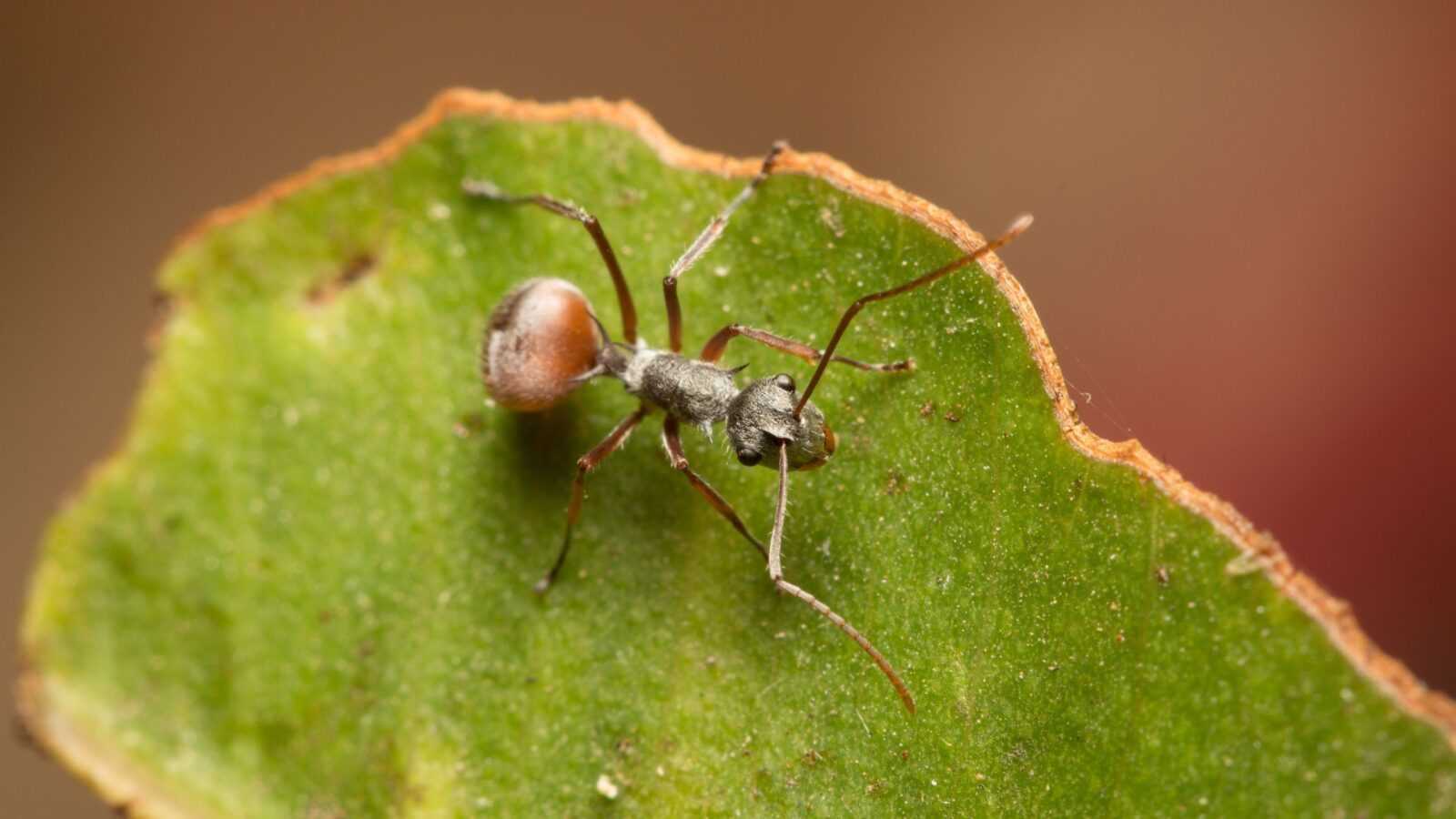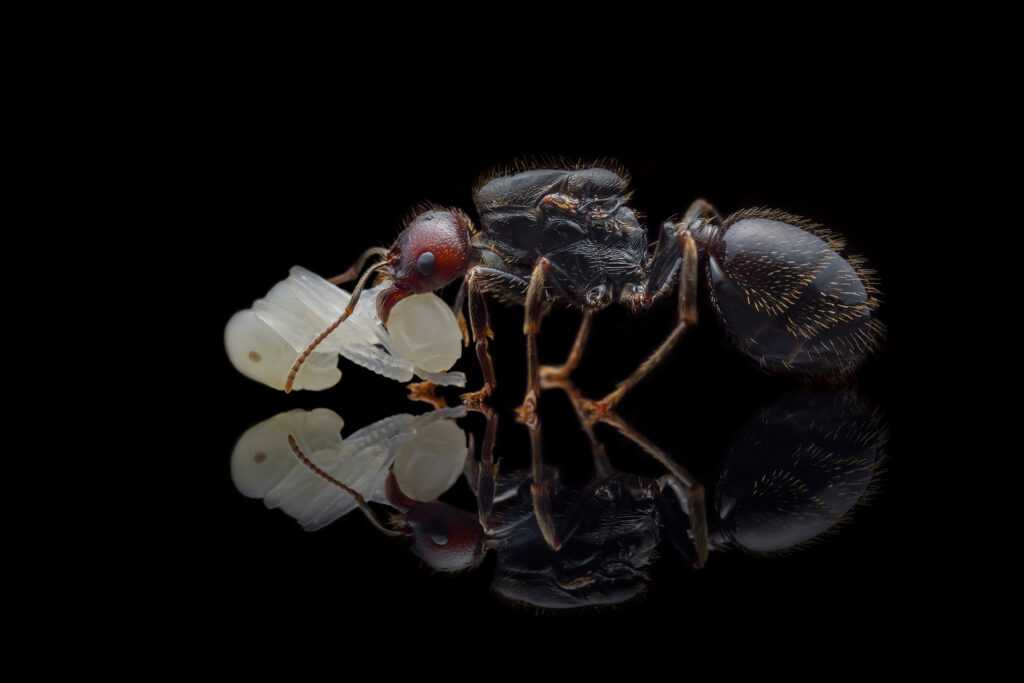Polyrhachis Bicolor – Dark Gray Head and Red Abdomen
Polyrhachis bicolor is a fascinating species of ant known for its unique coloration and interesting behavior. With a **dark gray head** and a striking **red abdomen**, these ants are truly a sight to behold. Not only are they visually appealing, but they also have a range of benefits that make them a popular choice among ant enthusiasts.
Colony Type and Size
One notable characteristic of Polyrhachis bicolor is that they have a **monogynous colony** type. This means that each colony consists of a single queen. Despite this, their colony size can reach up to 5000 workers, which is quite impressive. This large workforce allows them to carry out various tasks efficiently and effectively.
Development Speed
If you’re looking for a species of ant that grows rapidly, Polyrhachis bicolor is a great choice. They have a fast development speed, which means that you’ll be able to observe their growth and progress in a relatively short amount of time. This can be incredibly rewarding for ant keepers who enjoy witnessing the different stages of ant development.
Size and Color
When it comes to size, Polyrhachis bicolor showcases a clear distinction between the queen and the workers. The queen measures a length of **10-12mm**, while the workers are slightly smaller at **5-8mm**. However, what makes these ants truly stand out is their unique coloration. With their **dark gray heads** and vibrant **red abdomens**, they are a striking addition to any ant colony or collection.
Nutrition
Polyrhachis bicolor has specific dietary preferences. Their nutrition mainly comes from a variety of sources, including food insects like cockroaches and crickets. Additionally, they can consume syrup made from a mixture of water and honey, with a ratio of 4:1 or 3:1. Fruits, vegetables, jelly, and cooked chicken without salt are also suitable food options for these ants. Providing them with a varied and balanced diet will help maintain their overall health and well-being.
Humidity and Temperature
Creating the ideal environment for Polyrhachis bicolor is crucial for their health and survival. In terms of humidity, the nest should have a humidity level ranging from **70-90%**. On the other hand, the humidity in the arena, where the ants spend their time outside the nest, should be maintained at **50-70%**. This balance will ensure their nest remains moist while providing a suitable environment for their activity in the arena.
When it comes to temperature, it’s important to consider both the arena and nest conditions. The arena temperature should be kept between **26-30 °C**, ensuring that it provides a warm and comfortable space for the ants to go about their daily activities. The nest temperature, on the other hand, should be maintained within a range of **22-30 °C**, providing the ants with a stable and favorable environment for breeding and development.
Unique Behavioral Traits
Polyrhachis bicolor is known for its cautious and secretive nature. When faced with a threat, these ants prefer to retreat rather than panic. This behavior is fascinating to observe, as it demonstrates their ability to assess and respond to potentially dangerous situations. This characteristic also highlights the adaptability and resilience of Polyrhachis bicolor as a species.
Recommended Nests
If you are considering breeding Polyrhachis bicolor, it’s important to provide them with suitable nests. Acrylic, cork, plaster, and aerated concrete are all types of nests that are commonly recommended for these ants. These materials provide a secure and comfortable space for the ants to establish their colony and carry out their daily activities.
Conclusion
In conclusion, Polyrhachis bicolor is a captivating species of ant that offers both visual appeal and fascinating behavior. Their **monogynous colony type** and large workforce make them an interesting species to observe and study. With a fast development speed, you’ll be able to witness their growth and progress in a relatively short amount of time. Their distinct coloration, with **dark gray heads** and vibrant **red abdomens**, adds an aesthetic touch to any ant collection. By providing them with a diverse and balanced diet, maintaining optimal humidity and temperature levels, and offering suitable nesting materials, you can create a thriving environment for Polyrhachis bicolor to thrive and flourish.

















Reviews
There are no reviews yet.